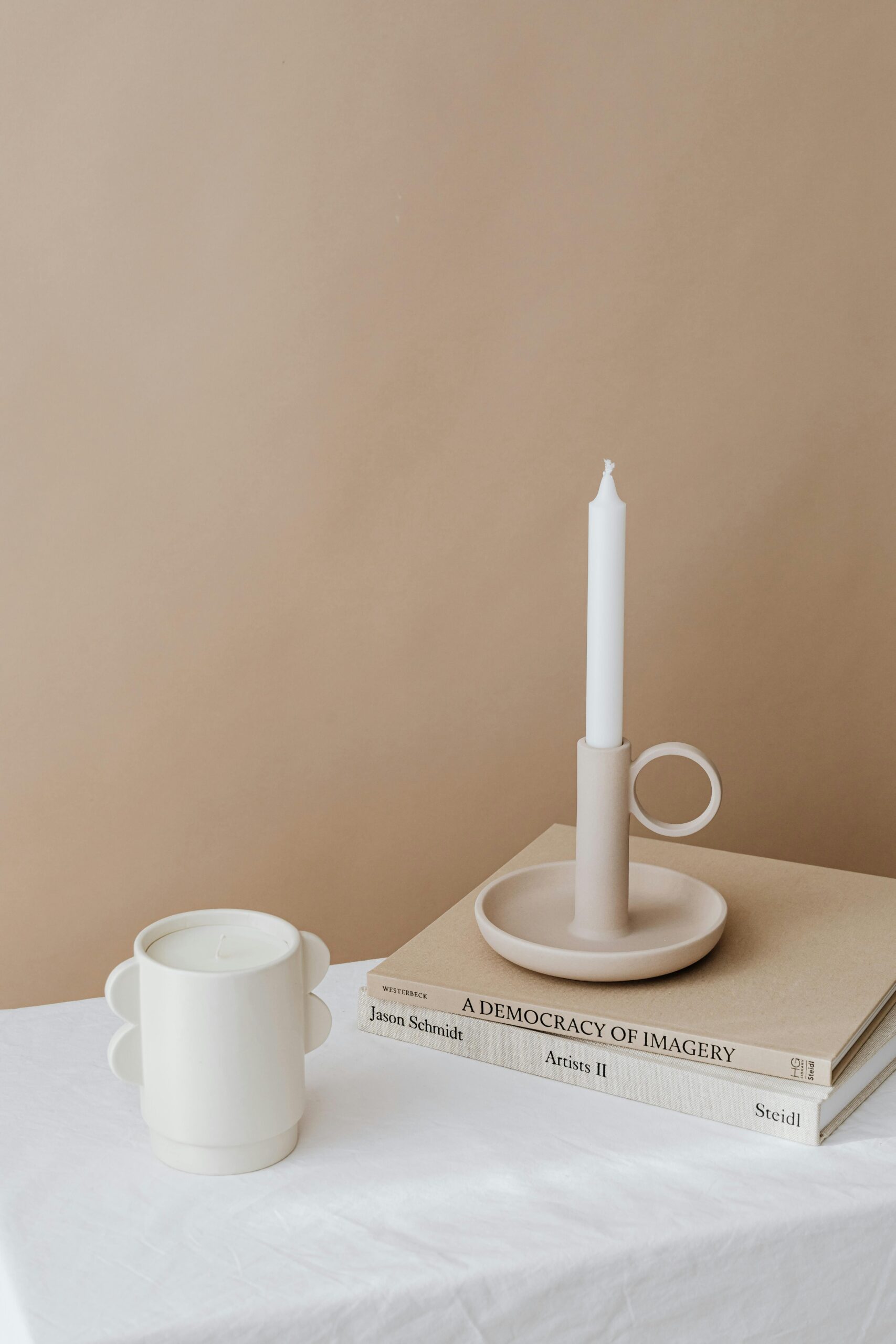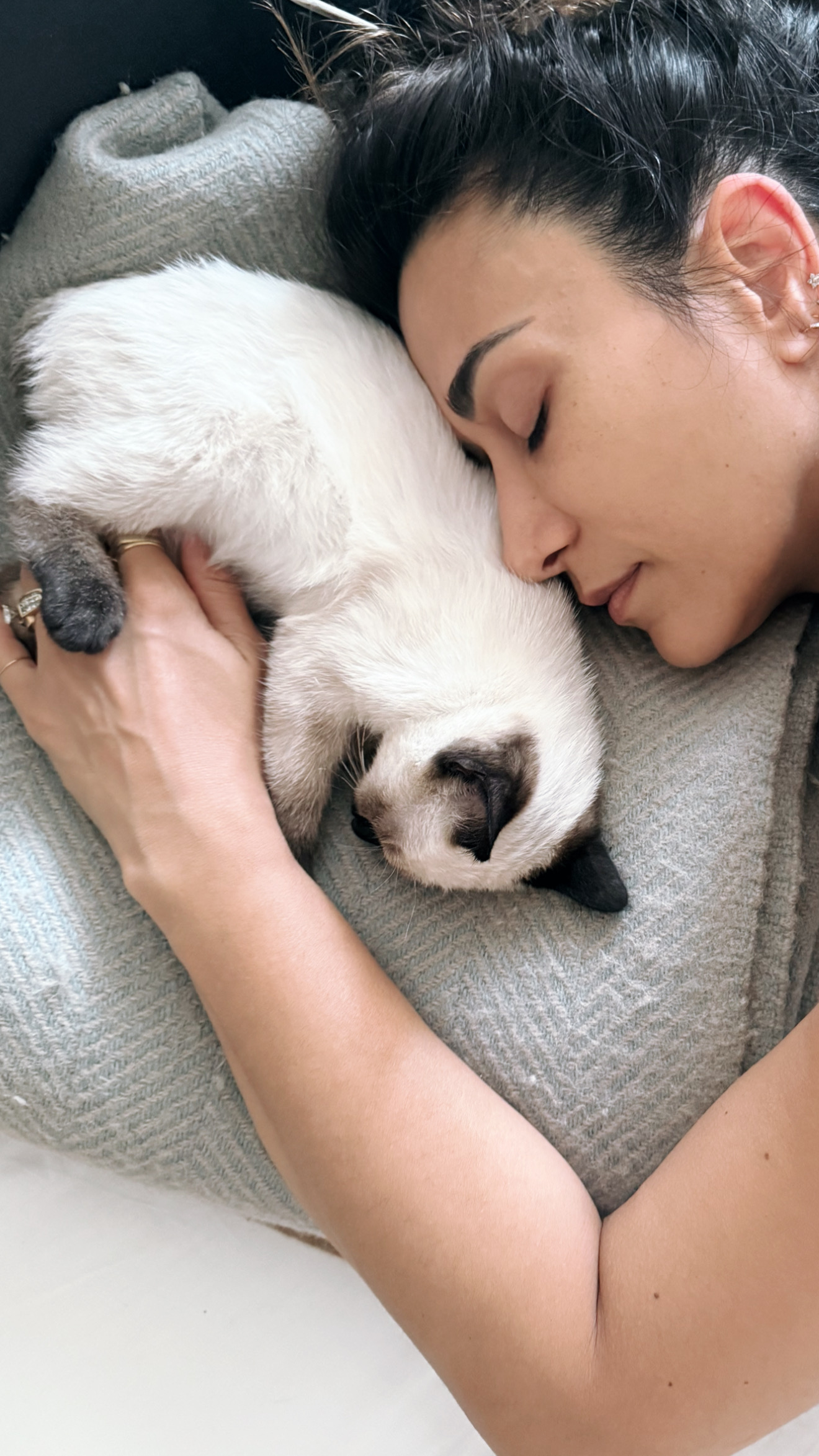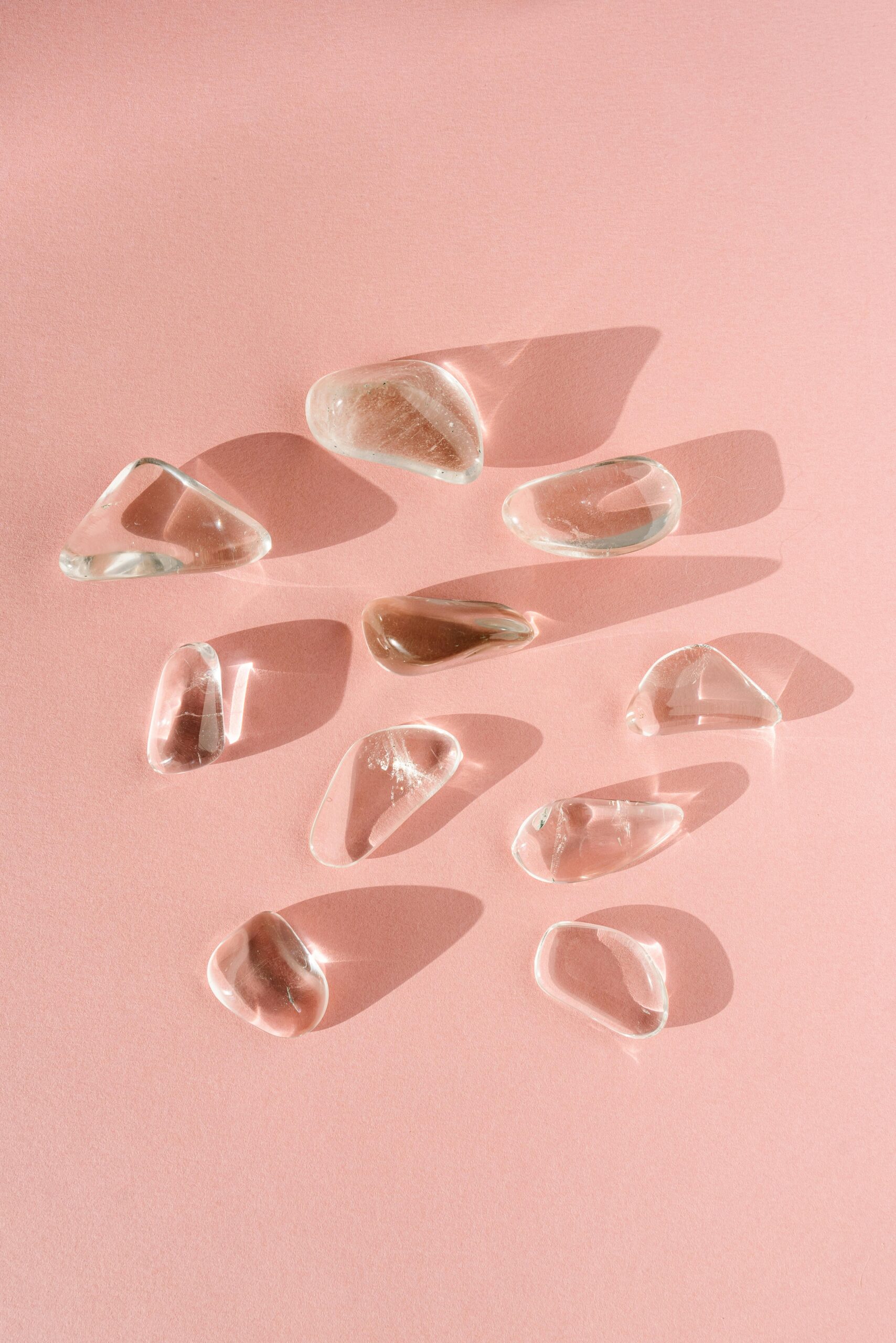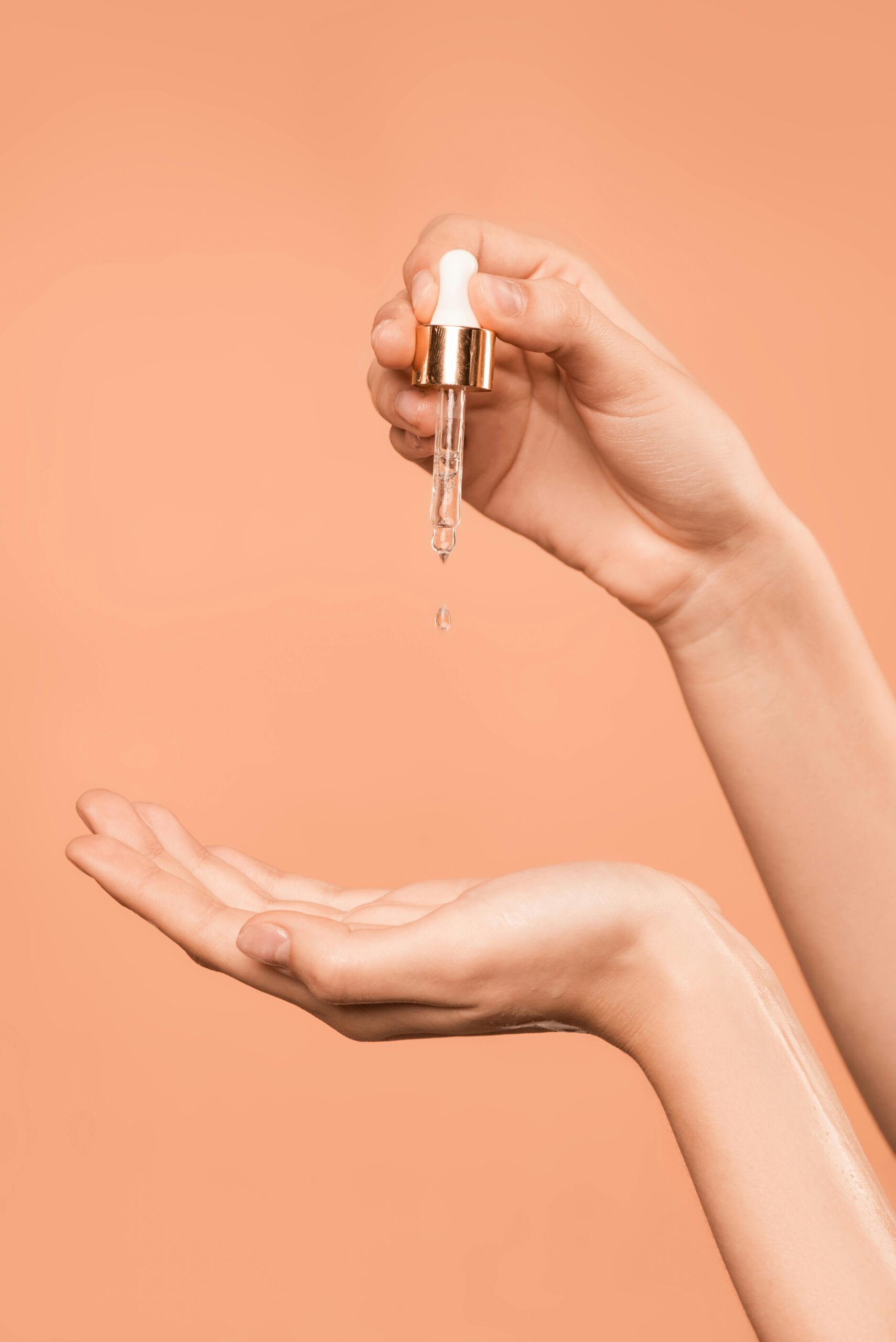A Silent Struggle
Ovarian cysts are a reality that many women experience, yet they’re often misunderstood, misdiagnosed, or brushed off as just another hormonal issue. If you’ve ever been told, “It’s normal, nothing to worry about,” but your body is telling you otherwise, you’re not alone.
What Are Ovarian Cysts?
Ovarian cysts are fluid-filled sacs that form on or within the ovaries. They can range from tiny and symptomless to large and painful, affecting everything from your menstrual cycle to your overall well-being.
Most cysts are benign and part of a normal menstrual cycle, but some can persist, rupture, or grow, causing complications that demand attention.
Common Types of Ovarian Cysts
Functional Cysts – The most common type, forming during ovulation. Usually harmless and resolve on their own.
Dermoid Cysts – Contain tissue like hair, skin, or even teeth (yes, really!) and can grow large.
Cystadenomas – Fluid-filled sacs that develop on the outer surface of the ovary.
Endometriomas – Linked to endometriosis, these cysts form when endometrial tissue attaches to the ovary.
Symptoms: When to Pay Attention
Many ovarian cysts are silent, causing no symptoms at all. But when they do make their presence known, the signs can be hard to ignore:
- Bloating or a heavy sensation in the abdomen
- Pelvic pain (especially before or during your period)
- Painful intercourse
- Irregular or heavy periods
- Sudden, sharp pain (if a cyst ruptures)
- Frequent urination or bowel pressure
My Personal Journey with Ovarian Cysts
For as long as I can remember, I’ve dealt with ovarian cysts. Every time I brought it up to a doctor, the response was always the same: “It’s normal. Most women have them. Nothing to worry about.”
When I first started my period, my cycle was perfect—no pain, a steady flow, and like clockwork, my body would signal its arrival in the same way each month. It was easy, predictable, and completely natural.
But everything changed in my early twenties during undergrad. My cycles became unbearably painful. Some months, I found myself doubled over in agony, crawling to the bathroom, panting, trying to catch my breath, afraid I might pass out. What started as occasional pain turned into a recurring nightmare.
Then, in my first year of naturopathic medical school, I was rushed into surgery for an appendectomy. While removing my appendix, the surgeon made an unexpected discovery—hydrosalpinx in my fallopian tube, a condition where fluid blocks the tube, potentially affecting fertility.
Years later, when my husband and I started trying to conceive, I underwent a hysterosalpingography (HSG)—an X-ray to assess the uterus and fallopian tubes. The results were devastating: both of my fallopian tubes were blocked.
This meant that natural conception was unlikely unless I pursued IVF.
It’s been a long journey—one filled with pain, unanswered questions, and a deep desire to understand my body on a profound level. I’ve learned that what’s often dismissed as “normal” isn’t always healthy. And I refuse to accept a life where women’s pain is minimized and brushed aside.
This is why I’m committed to sharing my story and empowering other women to advocate for their health. Because painful cycles, unexplained fertility issues, and persistent symptoms deserve to be investigated—not ignored.
Root Causes of Ovarian Cysts & Why They Form
Western medicine often takes a wait-and-see approach with ovarian cysts, but let’s go deeper—why do they develop in the first place?
Hormonal Imbalances – Estrogen dominance, PCOS, or anovulatory cycles can contribute to cyst formation.
Chronic Inflammation – High levels of inflammation can worsen cyst development and pain.
Liver Congestion & Poor Detoxification – The liver plays a huge role in clearing excess hormones that contribute to cysts.
Insulin Resistance & Blood Sugar Imbalance – Common in PCOS-related cysts, poor blood sugar regulation fuels hormonal chaos.
Environmental Toxins & Xenoestrogens – Found in plastics, beauty products, and processed foods, these disrupt natural hormone balance.
Emotional & Energetic Blockages – In many holistic traditions, ovarian health is linked to creativity, femininity, and stored trauma. Holding onto unresolved emotions can manifest in the body.
Healing Ovarian Cysts Naturally
If you’re looking to support your body holistically, there are powerful ways to address the root cause rather than just mask symptoms.
Support Liver Detoxification – Increase cruciferous veggies, drink dandelion tea, and consider castor oil packs over the liver and lower abdomen.
Balance Blood Sugar – Ditch processed sugars, include healthy fats and proteins, and manage stress to avoid insulin spikes.
Reduce Inflammation – Prioritize an anti-inflammatory diet, focusing on omega-3s, turmeric, and avoiding processed foods.
Work with Your Cycle – Sync your nutrition and lifestyle with your menstrual phases to support ovulation and hormonal balance.
Emotional & Energetic Release – Journaling, womb healing meditations, acupuncture, and movement (like dance) can help shift stagnant energy.
Supplement Wisely – Herbs like Vitex (chasteberry), DIM, and evening primrose oil can support hormone balance but consult with your naturopath, functional medicine or integrative provider first to come up with a tailored approach to you. Testing your hormones is also very important and balancing them.
Your Healing is Possible
If you’ve been struggling with ovarian cysts, I see you. You are not broken. Your body is not working against you—it’s speaking to you.
Your journey to healing starts with deep listening, loving nourishment, and radical self-care. Whether you’re navigating painful symptoms, searching for answers, or simply wanting to support your hormonal health, know that you are not alone.
Have you experienced ovarian cysts? What has helped you the most? I’d love to hear your story.







All of the above + consistent Yoni streaming (esp for fibroids, endometriosis). Formulas guided by a Chinese herbal medicine doctor and sometimes formulas from steamychix
Thank you for sharing this wisdom Dr Sharkar